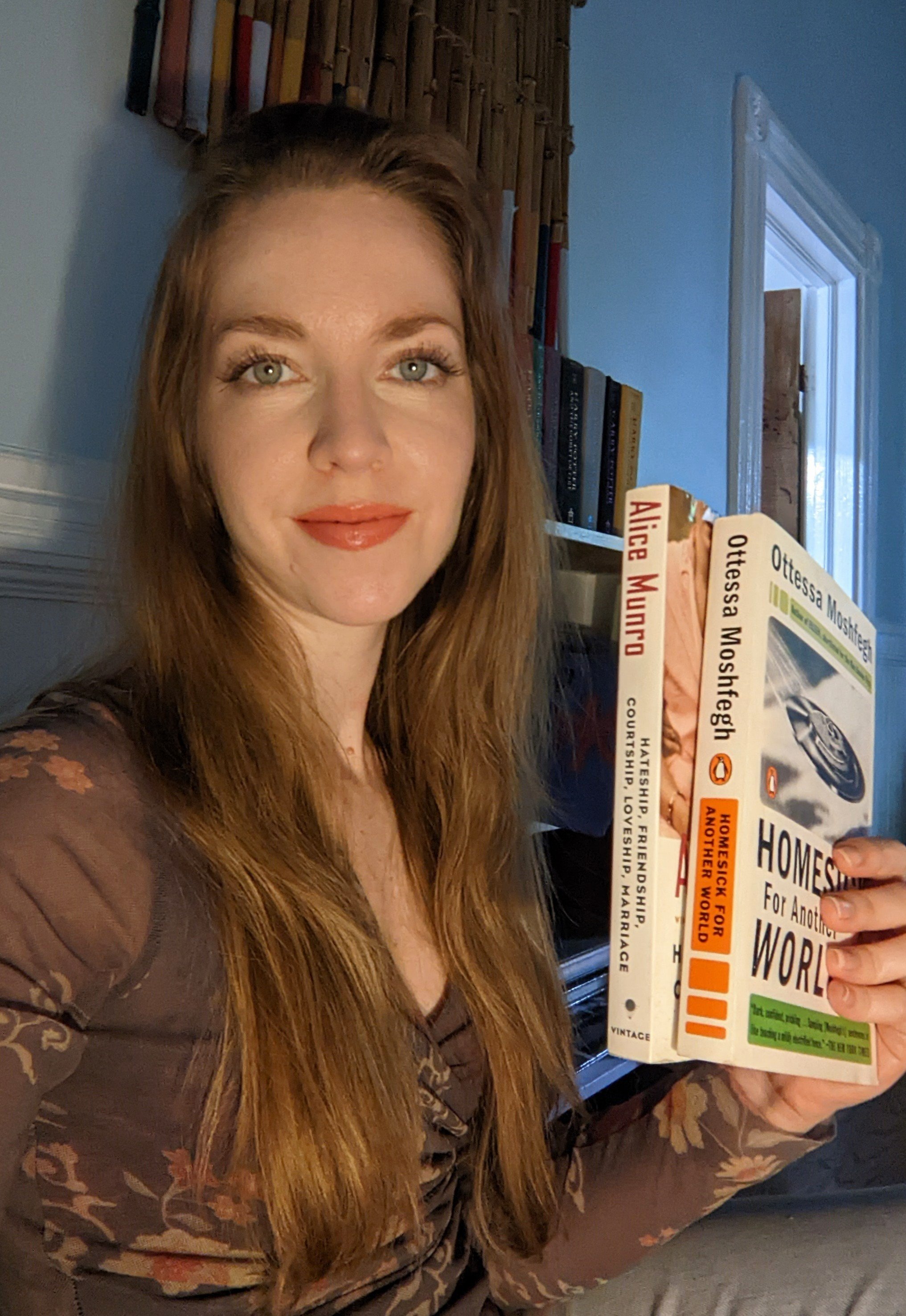Even if you’re not writing a story that one would typically think of as suspenseful—say a mystery, or thriller, or horror piece—you probably do want to keep your readers in suspense. Think of suspense as the invisible fishing wire pulling readers through from paragraph to paragraph, chapter to chapter. If your readers aren’t anticipating something, or trying to figure something out, they probably won’t be engaged. Suspense is tension that creates questions. In that sense, virtually any solid story has suspense.

To dig further into how suspense functions in a story, and how to create it, I find it helpful to differentiate between two different forms of suspense, which I call reactive and proactive. In brief, reactive suspense encourages the reader to ask what has happened or is happening, and proactive suspense has the reader ask what will happen.
Reactive Suspense
Who is Jason Bourne and how did he end up at sea, left for dead?
In creating reactive suspense, an author is intentionally withholding information from the reader that is already technically accessible within the world of the story. This could be something that has happened prior to the events we’re watching unfold on the page or screen, or something that is happening now, but that we don’t yet know about. A classic example: most detective stories start with the revelation that a crime has happened, but we don’t yet know who committed it. The crime has already taken place, so the perpetrator’s identity is a piece of information that already exists within the world of the story, but we’re not granted that information until the writer chooses to share it, usually when our detective protagonist figures it out.
Reactive suspense is built by the writer choosing what pieces of information to reveal to the reader at which times. It creates anticipation because it encourages us to ask specific questions: why does this woman have a knife in her purse? Who wrote the anonymous letter that appeared in the man’s mailbox? Our heroine is on a quest to find her biological father—who is he? What is it that this woman keeps glancing at over her friend’s shoulder during lunch?

Backstory often plays a role in reactive suspense. We may be aware that there are pieces of a character’s history we don’t yet know about, which keeps us wondering about those missing pieces until the writer shares them. In cases where there’s some element of first person narration, this can create a certain tension between the audience and the character. For instance, in the pilot of Fleabag, written by Phoebe Waller-Bridge, we get gradual hints of backstory. We know that the café Fleabag runs is not performing well. We also know that the café is guinea pig-themed, but don’t know why. We know that Fleabag in general is not doing so well, and that the one bright spot in her life seems to be her best friend, who is only seen in flashbacks. In Fleabag’s to-camera narration, she starts to tease out bits of backstory, but tells us that she won’t reveal everything yet. It’s not until the final scene that we learn the full truth of what happened with the café and her best friend, prior to the events of the pilot.
Proactive Suspense
How is Jason Bourne going to recover his identity and evade the agents who are out to kill him?
To create proactive suspense, an author designs a situation without a predictable end point, thereby encouraging the reader to wonder what will happen in the future of the story. Going back to our detective story example, in this case, maybe the detective isn’t trying to determine who’s committed a murder—maybe she discovers a murder was committed by her own mother, and she has to decide which to prioritize: justice or family. We’re not wondering what has happened with the crime in the backstory, we’re wondering what will happen in this situation in which the protagonist finds herself. Or maybe the detective gets taken hostage by a killer and must figure out how to free herself before a bomb detonates in the building in which she’s trapped. Or maybe the detective’s first partner, who she loved, resurfaces from the past, and she has to choose between him and her husband.
Proactive suspense is all about the setup. The writer creates a situation where we can’t imagine how it will end up: how the hero will get out of a seemingly impossible conundrum, or what a character will choose when faced with a difficult decision. So if we have reason to care about the outcome of this situation—if the stakes are meaningful, and if we’re invested in the characters—we’re in a state of suspense about where the story will go. Building in proactive suspense at the premise level will guarantee tension.

As evidenced from the Jason Bourne example, some stories incorporate both types of suspense. Another example from an entirely different genre would be one of my recent reads, Therese Anne Fowler’s novel It All Comes Down to This. In this contemporary character piece about a group of sisters, we’re in reactive suspense about certain secrets from their mother’s past, which are being concealed from us at the beginning of the story. And we’re in proactive suspense about how various situations will play out: who will get the old family home that’s now going up for sale, who will end up with whom in a love triangle.
Both of these types of suspense can be effective, and are used widely across many compelling stories. But I’ll admit, I do find proactive suspense to be a slightly higher art. Reactive suspense involves a certain level of artifice. The writer is engineering the tension by picking and choosing what readers are allowed to know. In creating proactive suspense, the writer lays his or her cards on the table, sharing the story with the reader as it unfolds—but the reader still has questions because of the ingenuity of the situation the writer has devised. Rather than being engineered, the tension arises naturally from the situation.
Another of my recent reading projects has been delving into Flannery O’Connor’s short stories, and I’m consistently taken with the incredible level and complexity of the suspense she infuses into her work. Her stories don’t beg simple, two-ended questions: will the couple get together or not, will the hero escape the killer or not. Instead, because the characters and situations she crafts are so completely original, we have no way to predict what the alchemy will be between the elements she’s placing together. Originality and ingenuity can create that level of surprise that holds readers in a constant state of anticipation. Which, of course, is what you want—for readers to keep anticipating something, whatever it is, until the final page.







2 thoughts on “The Two Types of Suspense, and How to Create Them”
I thoroughly enjoy your website, the news, the blog. So informative, lovely sense of humor (on the slightly dry side, like my favorite white wine!), and great visuals.
All the best with your new endeavors–the podcast and teaching with the Charlotte Lit this fall!
Thank you, I’m so glad you’re enjoying it! You know I love some white-wine humor too.